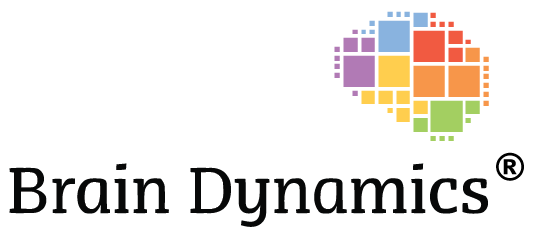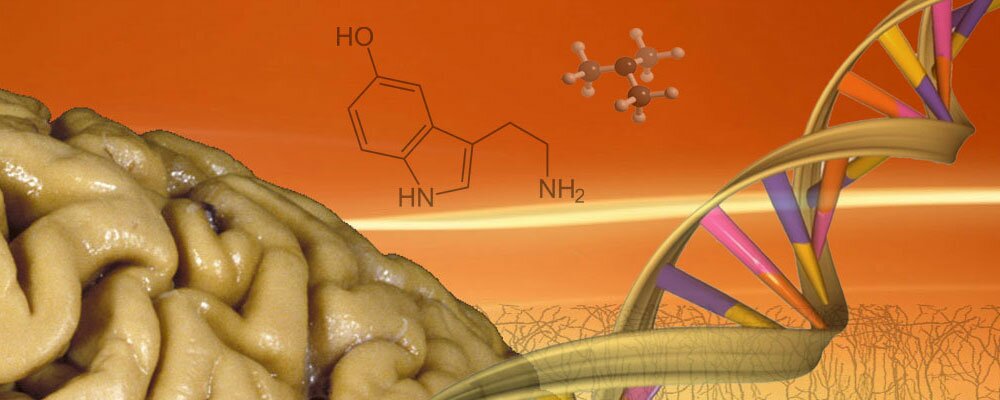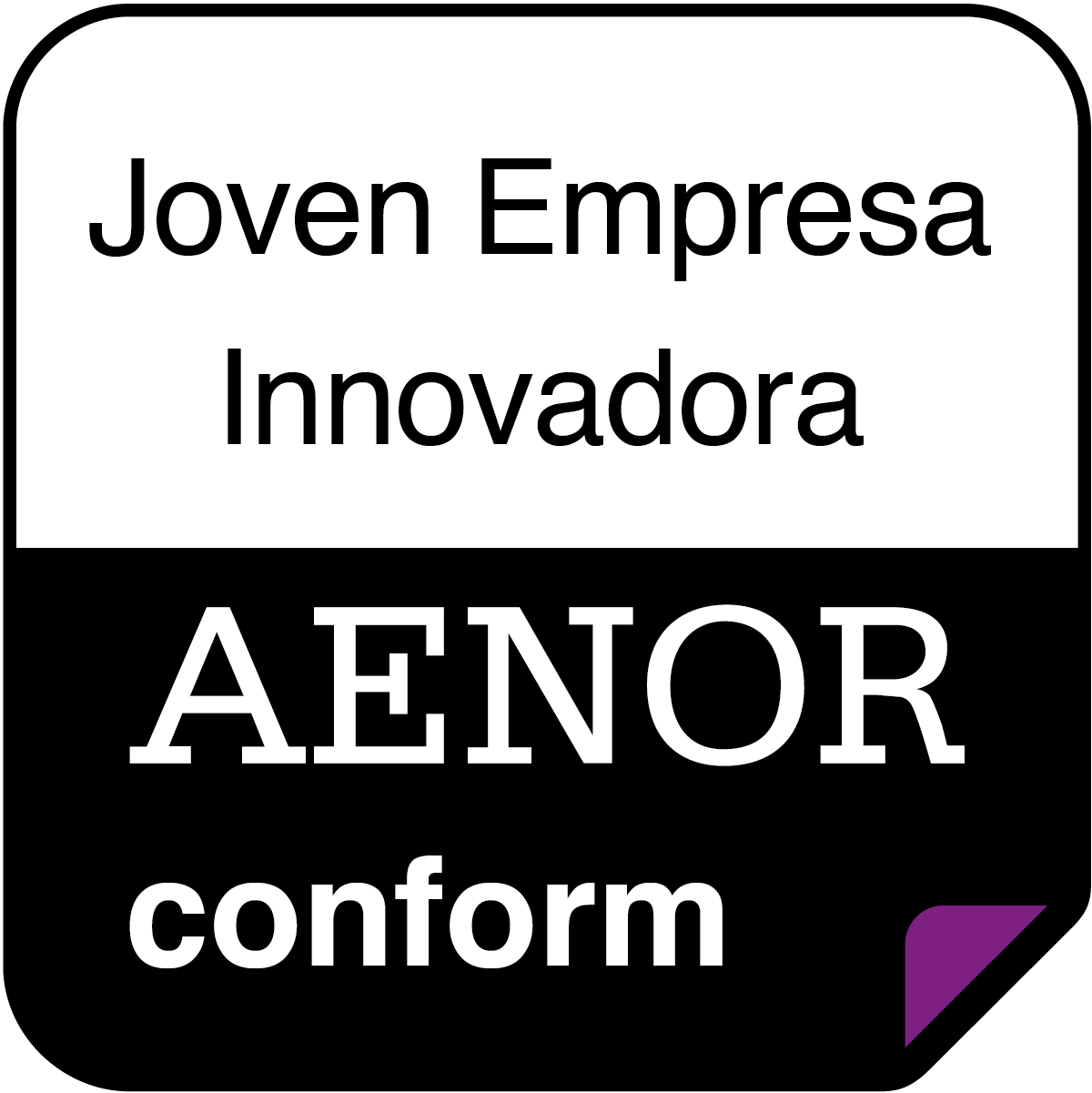
Straining every nerve
Neuroscience is the scientific study of the nervous system. Traditionally, it has been seen as a branch of biology, but in truth it is an interdisciplinary science that makes use of fields such as chemistry, computer science, engineering, linguistics, mathematics, medicine and allied disciplines, philosophy, physics and psychology.
The scope of neuroscience has broadened to include different approaches used to study the molecular, cellular, developmental, structural, functional, evolutionary, computational and medical aspects of the nervous system.
The techniques used by neuroscientists have also expanded enormously, from molecular and cellular studies of individual nerve cells to imaging of sensory and motor tasks in the
brain. Recent theoretical advances in neuroscience have also been aided by the study of neural networks.
Furthermore, continuous technological advances are making it possible to have better diagnostics methods like MRI with 9.4 or 11 Tesla (making it possible to study the human brain at almost cellular levels), advanced molecular imaging techniques using new radioactive isotopes, better implants for deep brain stimulation and so on.
‘At clinical level, boundaries are becoming increasingly blurred between the different specialties related to the human brain such as neurophysiology, neurology, psychiatry, neurosurgery, neuroimaging,radiosurgery, etc.’
Translational research is a way of thinking about and conducting scientific research to make the results applicable to the population. In the field of medicine, it is used to translate basic research findings more quickly and efficiently into medical practice, and thus meaningful health outcomes, be they physical, mental or social. In medicine in particular, governmental funders of research and pharmaceutical companies have spent vast amounts internationally on basic research only to find that the return on investment is significantly less than anticipated.Translational research has come to be seen as the missing key component.
With its focus on removing barriers to multidisciplinary collaboration, translational research has the potential to drive the advancement of applied science. This is particularly true in the medical domain, where the term translational medicine has been applied to a research approach that seeks to move ‘from bench to bedside’ or from laboratory experiments through clinical trials to actual point-of-care patient applications.
The biological study of the brain is a multidisciplinary area that encompasses many levels of study, from the purely molecular to behavioural and cognitive tasks, through the cellular level (individual neurons), small neural networks (such as cortical columns) and large tracts (such as those involved in visual perception) including complex systems like the cerebral cortex or cerebellum and, of course, the highest level of the nervous system – cognitive neuroscience.
Cognitive neuroscience is a new way of understanding the brain and consciousness, based on scientific studies linking disciplines such as neurobiology, psychobiology and cognitive psychology itself; a fact that is changing the current view concerning the mental processes involved in behaviour and its biological basis.
There is little doubt, therefore, about the extraordinary impact that neuroscience will have in the near future, not only on health and quality of life, but also in economical, political, social and cultural terms.
At clinical level, boundaries are becoming increasingly blurred between the different specialties related to the human brain such as neurophysiology, neurology, psychiatry, neurosurgery, neuroimaging, radiosurgery, etc. Nowadays it is common to find in hospitals neuroscience units where all these specialties are integrated.
For instance, neurologists need neurosurgical techniques for the treatment of diseases such as Parkinson’s, depression or bipolar disorder (eg, implanting electrodes to achieve a fine deep brain stimulation in certain anatomical areas).
Neurophysiology has increasingly taken on a greater role in neurology and neurosurgery thanks to the use of techniques such as Transcranial Magnetic Stimulation (TMS), electroencephalography (EEG), evoked responses potentials (ERP) or electrocorticography (ECoG), helping to supplement the multidisciplinary information that in many clinical cases is necessary to ensure the best possible results in the patient.
On the other hand, neurosurgery requires new techniques based on new technologies that allow the surgeon to plan and simulate the surgical procedure, choose the best approach in particularly complicated cases (like pathologies of the skull base), and display all multimodal information that other clinical specialties will greatly enrich. The aim is to strive for the least possible impact on the patient and the lowest inpatient times (among other things).
Regarding so-called biological psychiatry, in addition to the increase in the use of psychosurgery, recent scientific evidence suggests that certain psychiatric diseases of
hitherto unknown origin are due to abnormal tracts that can be easily sectioned using techniques such as radiosurgery. Technical advances in this field have made possible radiation doses in volumes of 0.5 ml3–more than enough resolution to allow, in the medium to long term, outpatient treatment of some of these diseases.
These specialties are becoming more intertwined and almost all use neuronavigation systems, allowing them to perform diagnostic tests or treatment with the highest degree of reliability possible, but usually they are confined to the functions use setting. Rarely can these specialties be supplemented with one another.
But there are at least two problems: the huge number of scientific papers published every year, and the need for tools to develop a better, homogeneous overview from complex and heterogeneous information. Both require advanced technology and multidisciplinary work.
In the first case, complex, knowledge-based databases are being created for extracting the evidence from all those papers, where all the knowledge about the human brain (bibliography, evidence sources, structure, connections evidenced using tractography, functional studies, coactivation patterns, genes, proteins, drugs, interactions, etc) is related on an evidence-based neuroscience basis.
In the second case, it is necessary to create knowledgebased neuronavigation systems from a multidisciplinary point of view, where each specialist associated with those specialties could enter specific data about a particular subject, which is stored to be used by other specialists inside a collaborative framework.
In addition, these state-of-the-art navigation systems must include knowledge-based databases, since having as much knowledge as possible available is imperative in scenarios in which the neuronavigation system is applied.
Moreover, the use of these systems must include not only intraoperative use but also educational and research scenarios, generally disregarded currently as secondary applications.
With respect to visualisation techniques employed in current systems, the technical advances make it possible to use virtual reality (VR) or augmented reality (AR), holographic images or 3D displays. These are more convenient as they allow users to view the required information from diverse viewpoints, improving the user experience when used in an educational or healthcare scenario. On the other hand, there is a need to apply state of-the-art interaction systems like voice recognition or gestural interfaces.
Finally, a better understanding of some physiological processes and the possibility of creating mathematical models using advanced algorithms make it possible to simulate the deformation of different tissue types, the collision of surgical instruments with the different tissues, the rupture of a blood vessel, the formation of an intracranial edema or the tumour resection.
I only have one question: Where are the limits?















